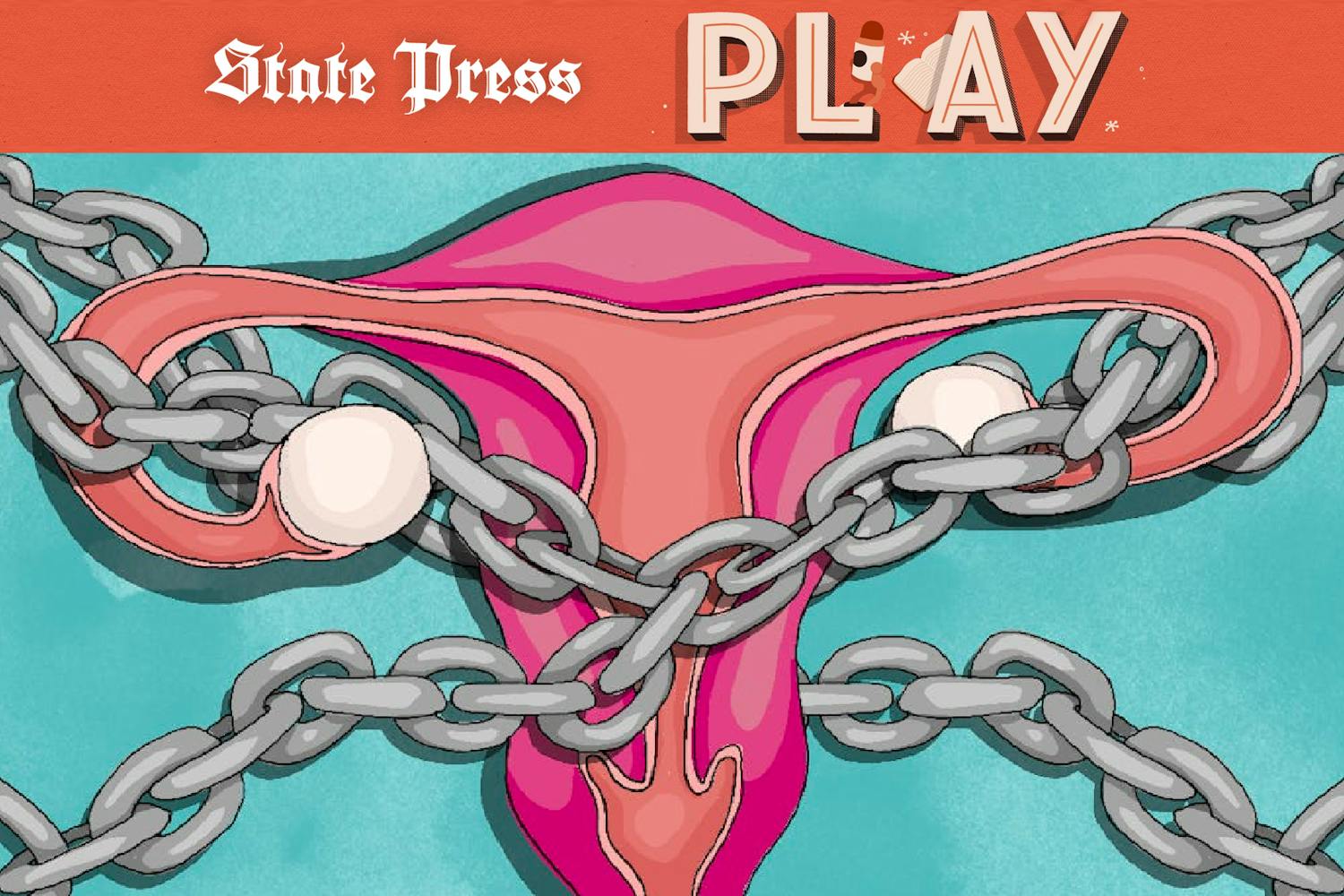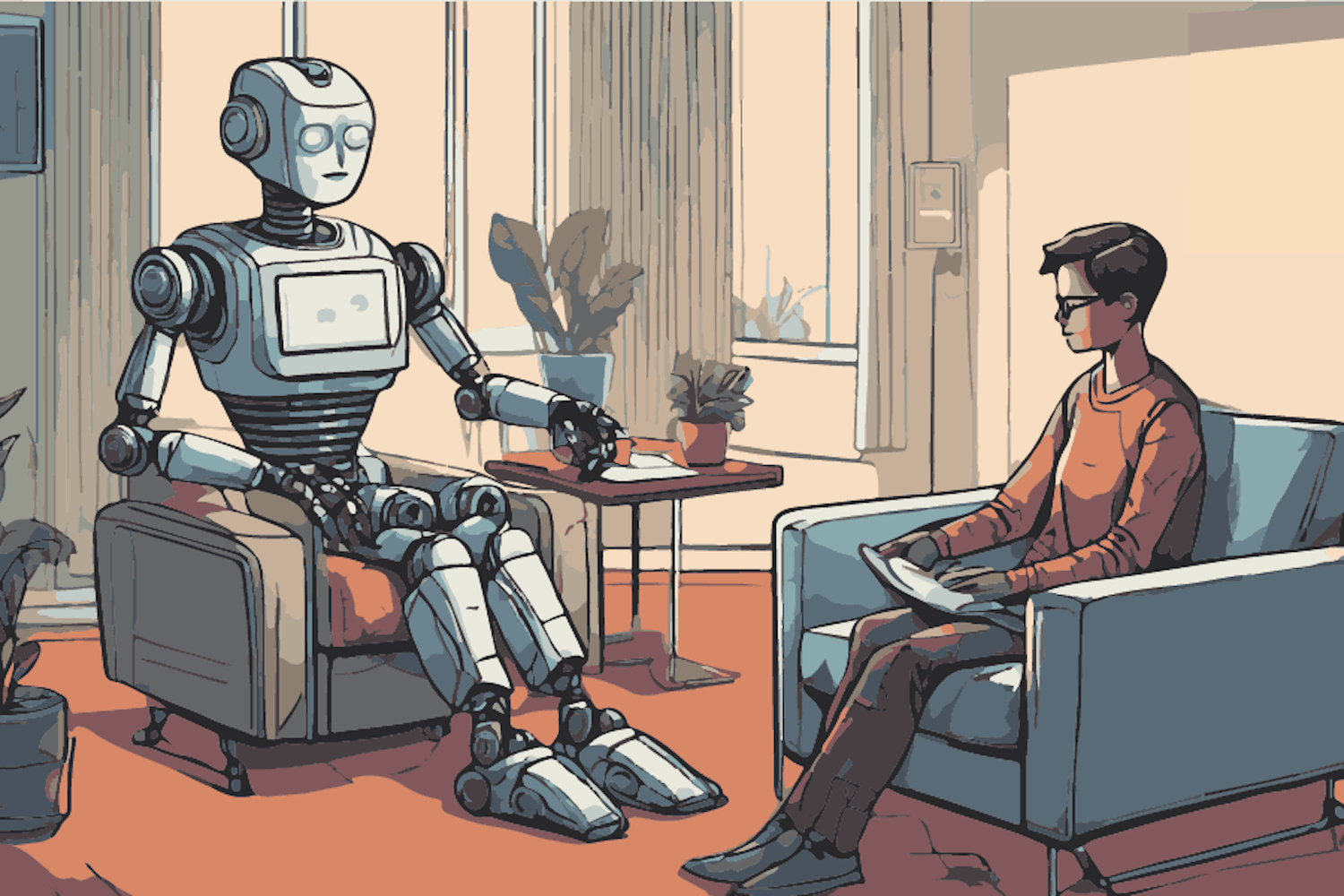Every summer I find myself making the six-hour drive from Phoenix to Los Angeles. This drive always seems doable until 150 miles in when you reach a barrage of merciless Highway Patrol men. You also have to take in account the amount of money you’ll be spending gas. And don’t forget about the notorious LA county traffic that can add two hours to any drive.
Of course there’s the option of flying, but is it really worth the extra cost and rigmarole? What if there was an option that extinguished the negative aspects of traveling? The plan for a nationwide high-speed rail is your answer. For decades, Japan has been able to enjoy the luxury of a HSR. They’ve been building and perfecting their rails since 1960, and have been able to condense a seven-hour car drive between Tokyo and Osaka into a two-hour train ride. The HSR, according to the U.S. High Speed Rail Association, will span 17,000 miles, of which 530 miles are dedicated to Arizona. The Arizona HSR would connect Phoenix to Las Vegas, Los Angeles and Tucson. However, many are concerned with the heavy price tag. Arizona Department of Transportation estimates the total cost at $9.95 billion.
According to The New York Times, Harvard economics professor Edward Glaeser has estimated that the operating costs of the “mythical“ HSR will largely outnumber the rider net-benefit costs.
Thus, the rail may not bring in any revenue. But should costs be the final deciding factor in something that can provide the U.S. with so many benefits? The HSR would be an economy saver; with the current economic climate and the unemployment rate at 9.1 percent, the HSR would provide thousands of jobs until at least 2050. The rail would open up a weak job market to many professions such as construction workers, engineers and designers. Of course the HSR would also benefit ASU students. Being able to get from Phoenix to Tucson in 45 minutes will provide convenience to students visiting friends at UA or for those traveling for the state rivalry football game.
The HSR also takes the risk out of making the dangerous drive to Tucson; the I-10 can be a perilous highway.
The HSR from Los Angeles to Phoenix would make weekend trips to the beach feasible for students. With reasonable ticket prices, it could be much cheaper than spending money on several tanks of gas.
Furthermore, the train has much less of a carbon footprint than driving. According to The New York Times, driving a 240-mile round trip between Dallas and Houston produces 157 pounds of carbon dioxide. An HSR journey would only produce 32.1 pounds of carbon dioxide.
Clocking in at a little over 370 miles from Phoenix to Los Angeles, the carbon footprint would be reduced even more than the Dallas to Houston journey since it is a longer drive. High-speed rails have spread across Europe and East Asia because they work efficiently. The trains have proven to be environmentally friendly, cheaper than flying and extremely safe. For decades America has seen these countries build and improve their train systems and hasn’t taken anything from it. It’s embarrassing that America is lagging on such modern transportation, and that we would rather spend billions of dollars on war. If only we could get our politicians to look at the benefits that such a system could provide Americans.
Reach the columnist at Olivia.Brunacini@asu.edu



